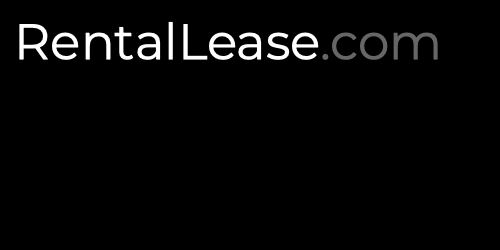Maryland Commercial Lease Agreement Template
Try Other Programs
A Colorado Rental Application is a document that a landlord can use to ensure that the tenants he/she allows will be reliable and respectful of the rental property. The form asks for the applicant’s current employment status, the amount of money they make on a monthly basis, as well as any other income that comes in from a secondary or tertiary source. The same information will be required of any co-habitants. If the landlord deems the tenant financially able to pay…
The Kentucky month-to-month rental agreement is for landlords and tenants seeking an arrangement which does not have a specific end date. This document can likewise be used to accommodate tenants who are unable to commit to a long term agreement and landlords who only need to rent a space for a limited period. The landlord should remain cautious when accepting a new lessee and screen their tenants through a rental application. Rent Increase (§ 383.695(2))– The landlord has to give…
The Florida rental application is a useful tool a landlord can use to obtain a potential tenant’s criminal, credit, employment, and rental history. This information is crucial as it enables the owner to get an impression of their tenant’s character thus protecting their property and reducing the potential for future eviction proceedings. It is within the landlord’s rights to charge the tenant for any processing fees associated with the background checks. Negotiations regarding renting the property can proceed once the landlord…
The Virginia rental application is a document that is completed by a prospective tenant wishing to rent residential property from a landlord. This application form, once completed by the tenant, provides the landlord with the necessary information to decide whether or not the individual would be a good tenant. The applicant must enter their contact information, previous rental information, employment information, and a few pieces of financial information. The landlord has the right to charge a fee for processing and other…
The Wyoming sublease agreement is a document used for tenants that would like to rent out their residential unit while they are still under contract with the landlord. The tenant (sublessor) must ask their landlord first if they wish to have a sublessee rent all or a portion of their space. The sublessor is ultimately responsible for the sublessee and will continue to be liable for rent payments, damages, violations of the lease, and eviction of the sublessee, should it…





